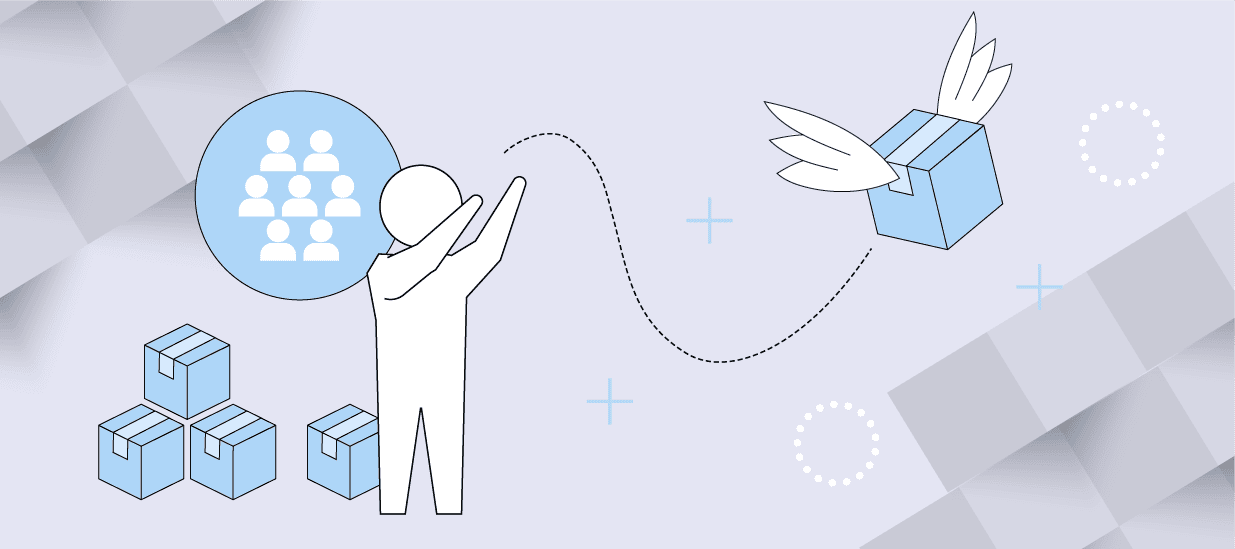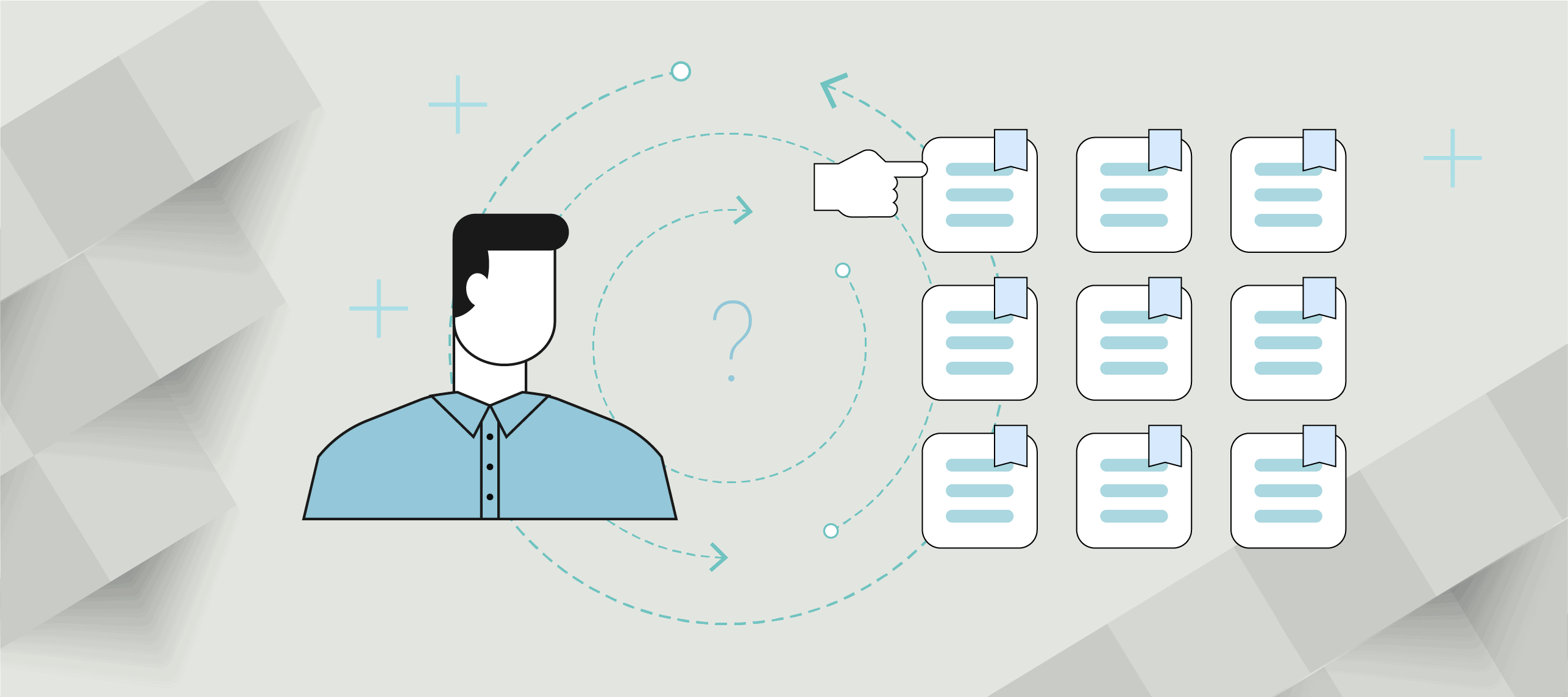You are about to read some details of a project I was part of that collected and analyzed some pricing data from one of our distributors. You may not be able to exactly replicate this, but you can likely do something similar or even much better.
Many years ago, when I was running pricing for a semiconductor company, we put on a huge effort to gather competitive pricing data for thousands of parts. It took us several weeks to define who the competitors were for any one part, and then we painstakingly went to the website of Digikey, one of our distributors, and collected all of their prices one by one . We also collected the prices Digikey charged for our parts. FYI, Digikey carries almost every semiconductor manufacturer’s parts and they sell anywhere from one unit to thousands of units. Companies who buy semiconductors but don’t need huge volumes buy through distributors like Digikey.
The original intent of this exercise was to make sure our prices were in line with our competitors at the point of the end buyer’s decision. We used our knowledge of the parts’ capabilities combined with the Digikey prices to create value maps for our product. We were thrilled at the outcome from our value maps, but we learned so much more.
We deciphered the way Digikey marks up our parts. It wasn’t a simple markup on every part. Their markup percentage depended on their volume and the price they paid. We created a tool so we could enter the price we wanted at Digikey’s website and the tool would tell us how much to charge Digikey. For each part, we looked at the value maps, determined what price point we wanted Digikey to set, and used our tool to the price to sell to Digikey.
We were also able to find suboptimal prices, because Digikey changed their markup percentage at specific price points. For example, if our price to Digikey was between $0.25 and $0.49 they used a 250% markup for a single unit. If our price to Digikey was between $0.50 and $0.99, they used a 200% markup for one piece. This means whenever we priced something at $0.49 they charged $1.72. If we raised the price one penny to $0.50 Digikey lowered their price to $1.50. After learning this, we changed the prices we charged to Digikey for hundreds of products.
We found Digikey made mistakes. Now that we know their markup algorithm, we found outliers. After pointing these out to DigiKey, they agreed they were a mistake and brought the end customer prices in line with where they should be.
Knowing what all we did about how Digikey set prices, we then turned it back on our competitors to see what we could learn about how our competitors set prices. We charged the same price to Digikey regardless of the volume they sold. However, it became obvious through statistical analysis that our competitors lowered their price to Digikey at higher volumes.
Finally, the last thing we did was put together a web scraper on Digikey’s site to collect their prices monthly. The big win out of this was seeing when our competitors changed their prices so we could respond accordingly.
I just provided some specific details on how we used price data that we captured from one of our distributors. It proved to be extremely valuable. Unless you’re in the semiconductor industry, you probably won’t find the exact same things we did. However, if you sell through distribution, there may be a treasure chest of information waiting to be discovered. You never know what you will find, until you start looking.
Author
-

Mark Stiving, a renowned Author, Speaker, and Pricing Expert with 41 years of experience, has made impactful contributions at various companies, including ONEAC, Advantest, LTX Corporation, Pragmatic Institute, and Impact Pricing. Widely recognized for his expertise in uncovering hidden value and maximizing profits, Mark has become a sought-after figure in the industry. For questions or inquiries, please contact [email protected].
View all posts









